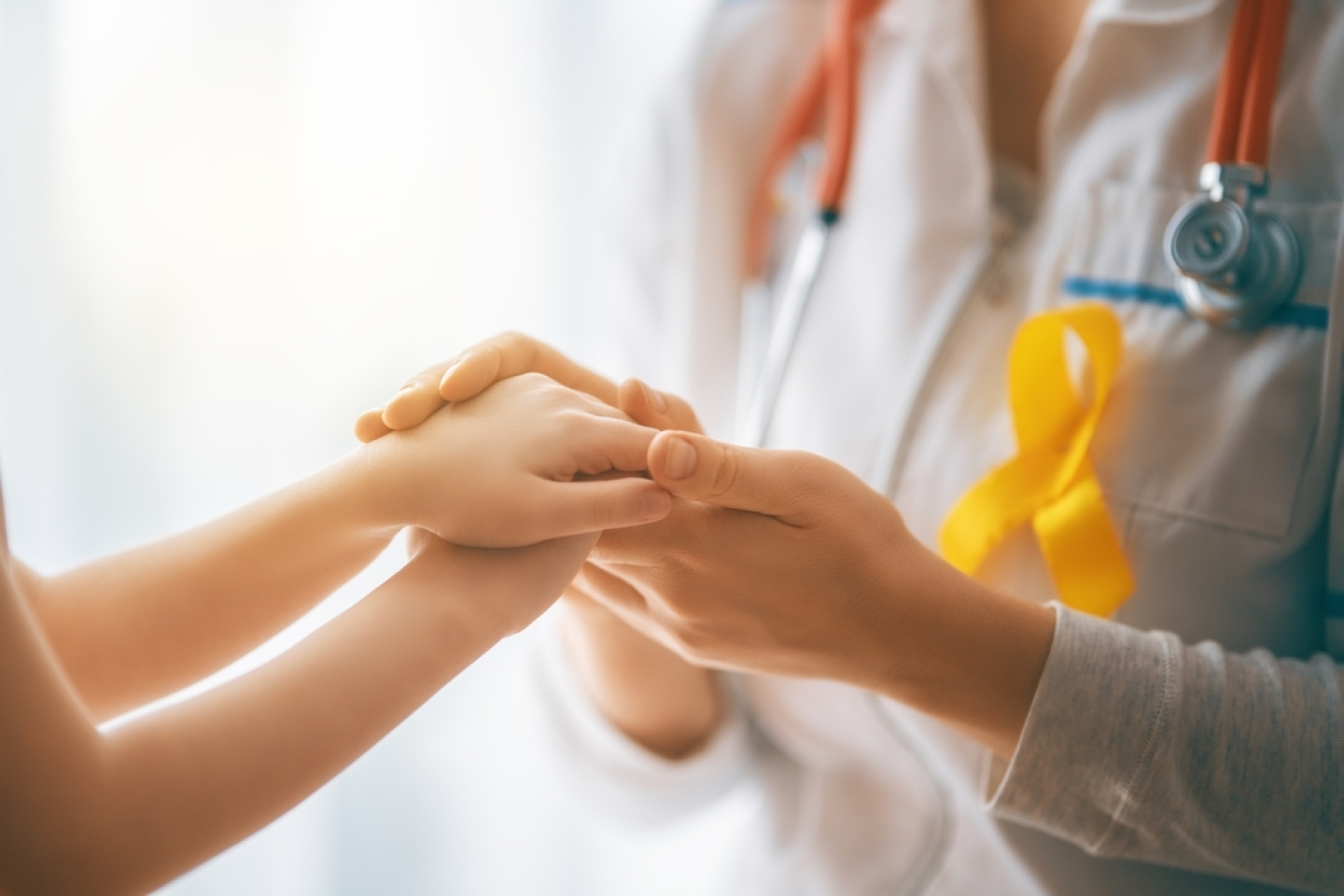
In 2024, more than 9,500 children age 15 and younger will receive a cancer diagnosis, according to the American Cancer Society. If someone you love experiences childhood cancer, there’s something you should know.
“It’s scary for a parent to hear that their child had cancer,” says Alexander Chou, M.D., assistant professor of Pediatrics and assistant attending pediatrician at Weill Cornell Medicine. “[However], kids who were diagnosed at a young age are thriving and going off to college, getting married and having children of their own.”
Cancer occurs when cells grow and multiply in an out-of-control manner. These abnormal cells can spread to other body parts, a process called metastasis.
While many cancers can affect children, some of the most common include:
When present, symptoms of childhood cancer vary widely. Your child may experience cold- or flu-like symptoms: fever, nausea and a poor appetite. More severe symptoms include bone pain, seizures and difficulty walking.
Talk with your child’s pediatrician if you notice any symptoms, including those that don’t go away or the following:
While there are many proven ways for adults to reduce their cancer risk for cancer, it’s unfortunately unclear what causes most childhood cancers. As a result, there is currently no known way to prevent pediatric cancers.
“I would never want any parent to think that they could have done or not done this or that whenever their child is diagnosed with cancer,” Dr. Chou says. “There's nothing that you did or didn't do that caused a child to have cancer.”
If you have a family history of specific conditions, you may be able to speak with the care team within the Division of Medical Genetics, which specializes in providing evaluation, diagnosis, and care for patients with suspected or known genetic conditions.
Though you can’t prevent pediatric cancer, there is hope for families and patients alike. Advanced therapies target specific cancers and cancer-causing genes. New medicines help children experience less nausea, vomiting, hair loss and other side effects of treatment. More children and teens survive childhood cancers, and many are cured by cancer therapy at a young age.
Additionally, the approach to treatment and care for children with cancer has improved. Gone are the days of one-size-fits-all therapy. Today, every child can receive customized care. Instead of a single pediatric oncologist, various specialists work together to ensure optimal care. These multidisciplinary teams provide compassionate care that meets the individual patient’s needs.
“For children with cancer and their families,” says Dr. Chou, “the age of personalized medicine has arrived.”
Looking for support and hope along the pediatric cancer journey? Find a doctor at Weill Cornell Medicine who will guide you every step of the way.